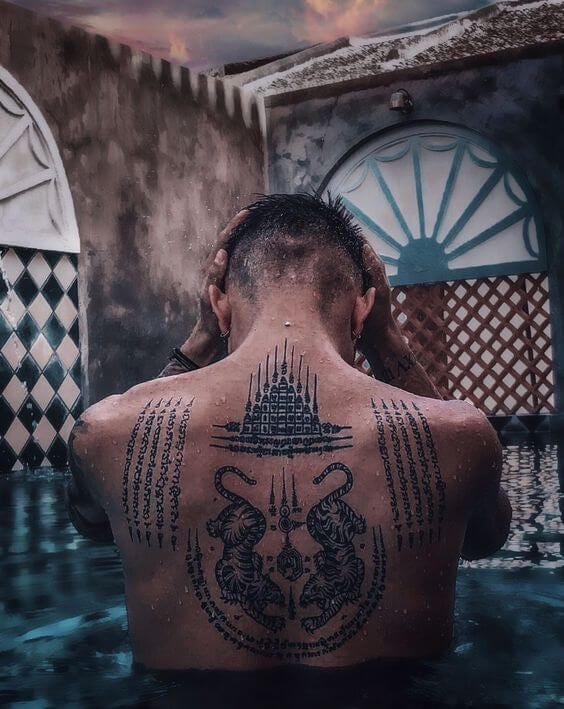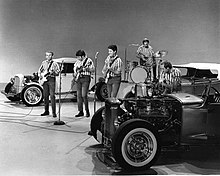Introduction
Tattoos have transcended their status as mere ink on skin to become a profound and cherished form of self-expression and cultural significance. Their history is a rich tapestry that spans continents and centuries, with each tattoo telling a unique story. In this article, we will embark on a journey through time and cultures to explore the history and cultural significance of tattoos.
Origins of Tattooing
Tattooing is not a recent trend; it dates back thousands of years. The word “tattoo” itself has roots in the Polynesian word “tatau,” which means to mark something. Polynesia is often credited as the birthplace of tattooing, with evidence of tattooed mummies dating as far back as 2000 BCE found in the region.
In Polynesian cultures, tattoos served as a rite of passage, a symbol of social status, and a way to connect with one’s ancestors. The intricate designs told the story of an individual’s life, experiences, and achievements. These tattoos were painstakingly created using sharp, bone or shell needles and pigments made from natural materials.
Tattoos Across Cultures
While Polynesia may be the cradle of tattoo culture, it’s far from the only region where tattoos have played a significant role. Across the world, various cultures have adopted and adapted tattooing practices, each with its own unique style and symbolism.
Japan: In Japan, tattoos have a long history and were originally associated with criminals. However, they evolved into elaborate and intricate works of art, often depicting mythical creatures and legendary heroes. Today, Japanese tattoos are revered for their beauty and symbolism.
Native American Tribes: Many Native American tribes incorporated tattoos into their cultures, with each tribe having its distinct designs and meanings. Tattoos were used to mark important life events, such as coming-of-age ceremonies or acts of bravery in battle.
Ancient Egypt: Tattoos in ancient Egypt were primarily reserved for women and were often associated with fertility and protection during pregnancy. Intricate patterns adorned the bodies of Egyptian women, and these tattoos have been discovered on mummies.
Maori Culture: Similar to Polynesia, the Maori people of New Zealand have a rich history of tattooing. Their traditional tattoos, known as “ta moko,” are intricate and deeply symbolic. Each design is unique and represents the wearer’s genealogy and life story.
Tattoos in Modern Society
As we fast forward to modern times, tattoos have shed their association with rebellion and subculture to become a mainstream form of self-expression. Today, tattoos come in countless styles, from traditional tribal designs to hyper-realistic portraits, and everything in between.
The reasons people get tattoos are as varied as the designs themselves. Some get tattoos to commemorate loved ones, express their passions, or simply to adorn their bodies with beautiful artwork. Tattoos can also be a way to assert one’s identity and individuality.
Cultural Significance
Despite their modern popularity, tattoos still hold deep cultural significance for many communities around the world. In some cultures, tattoos are seen as a connection to one’s ancestors, a symbol of strength, or a marker of social status.
For instance, the Samoan tattoo, or “pe’a,” is a traditional rite of passage for young men that involves hours of painful tattooing. It signifies a young man’s transition into adulthood and his commitment to his cultural heritage.
In Hindu culture, tattoos known as “yantra” are seen as a form of protection and empowerment. These geometric designs are believed to harness cosmic energy and offer spiritual benefits to the wearer.
Tattooing as a Global Phenomenon
Today, the world of tattooing is a global phenomenon that brings together artists and enthusiasts from all walks of life. Tattoo conventions, where artists showcase their skills and collectors display their ink, are held worldwide. Tattoo artists have also gained recognition as true artists, and many have found success in other art forms.
The internet and social media have played a significant role in the globalization of tattoo culture. Artists can showcase their work to a global audience, and people seeking tattoos can easily find inspiration and connect with talented artists from different corners of the world.
Conclusion
Tattoos have come a long way from their humble origins in Polynesia. They have traversed time and geography, evolving into a diverse and celebrated form of self-expression and cultural significance. Whether as a symbol of personal identity, a connection to heritage, or a work of art, tattoos continue to hold a special place in the hearts and skin of people around the world. So, the next time you see someone with an intricate design adorning their skin, remember that it might just be a piece of living history and culture.
In this article, we’ve only scratched the surface of the deep and multifaceted world of tattoos. Each tattoo is a story waiting to be told, a piece of art with a unique history and cultural significance. As tattoo culture continues to evolve, it’s clear that this ancient tradition will remain an enduring and cherished form of self-expression for generations to come.





